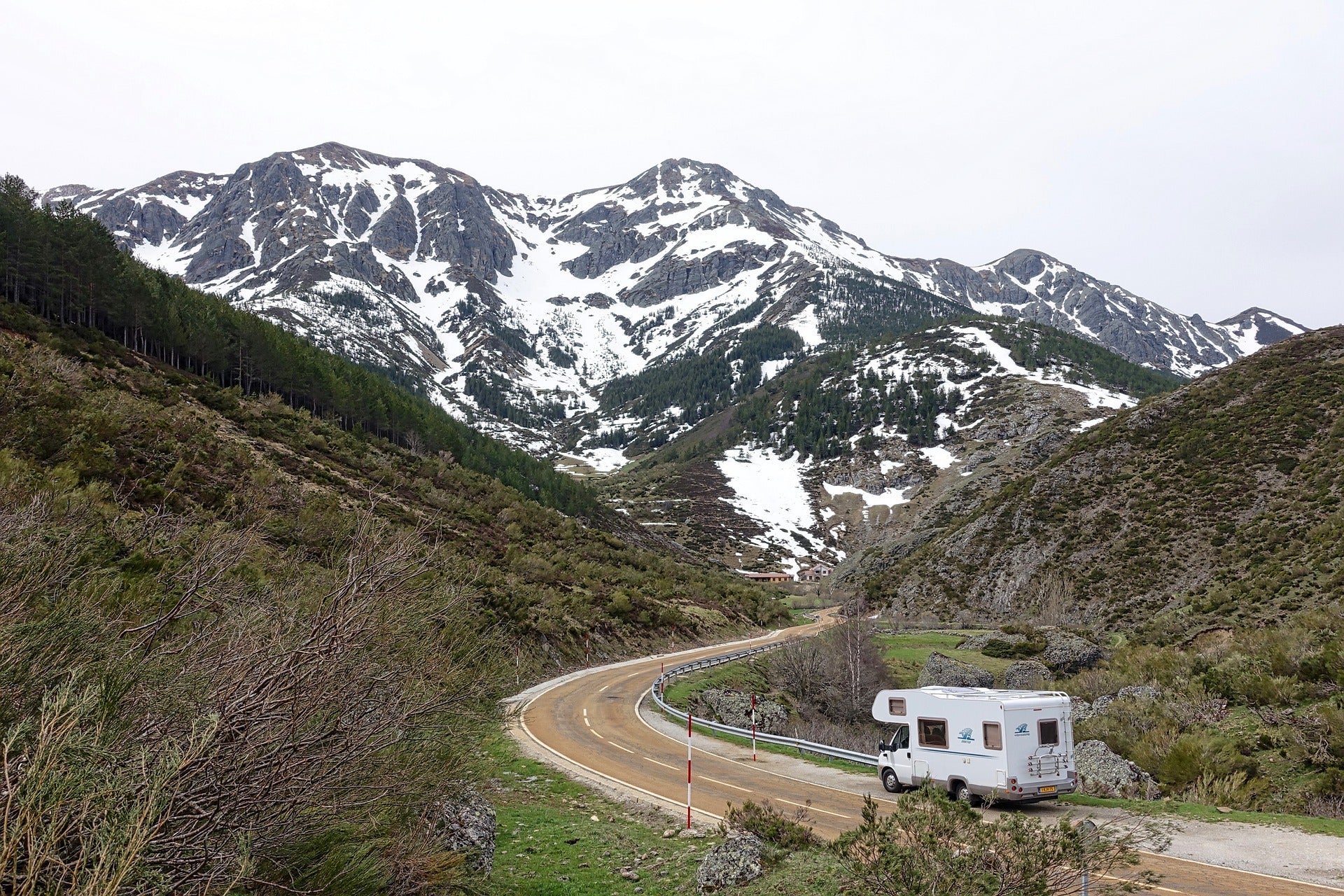Winter is fast approaching, and for many RV owners, that means it's time to prepare your home-on-wheels for the cold months ahead. Properly winterizing your RV is crucial to protect it from the harsh elements and prevent costly damage. In this step-by-step guide, we'll walk you through the process of winterizing your RV to ensure it remains ready for your next adventure.

Clean and Declutter:
Before you start the winterization process, it's a good idea to thoroughly clean the interior of your RV and remove any perishable items. Cleaning helps prevent mold and mildew growth during the winter months and ensures a fresh start when you're ready to hit the road again. Don’t forget to clean the fridge and prop doors open to avoid smells! At RVLock we all like to leave an open box of baking soda where the food was stored to keep things fresh for the next season!
Drain the Water Systems:
The most critical step in RV winterization is draining the water systems to prevent freezing and potential damage. Here's what to do:
- Drain the fresh water tank and water lines.
- Open all faucets and run the water pump until no water comes out.
- Flush the toilet and empty the black and gray water tanks.
- Consider adding antifreeze to the gray and black water tanks to prevent freezing.
- Drain your water heater.
Protect the Plumbing:
To safeguard your plumbing system further, use RV-specific antifreeze. Pour it into the water lines, faucets, and toilet to prevent any remaining water from freezing. Be sure to follow the manufacturer's instructions and use non-toxic antifreeze designed for RV use. Do not use automotive antifreeze!
Seal Windows and Doors:
Check for any gaps or drafts around windows and doors. Use weatherstripping or silicone caulk to seal these gaps, preventing cold air and wet weather from infiltrating your RV.
Insulate Exposed Pipes and Tanks:
If you have exposed water lines or tanks, insulate them with pipe insulation or heating tape to prevent freezing. This is especially important for areas that experience extremely cold temperatures. This is a good time to also verify that your propane tank valves are closed.
Battery Maintenance:
Remove the RV's batteries and store them in a warm and dry place. Alternatively, keep them in the RV but disconnect them to prevent drainage. Consider using a battery tender or trickle charger to keep them charged during the winter months. Unplug all electrical devices and remove the batteries from your RVLock Keyless system to prevent corrosion. We have an entire blog post on how to winterize your RVLock handle.
Clean and Protect Exterior:
Clean the exterior of your RV and apply a protective wax or sealant to keep it looking great and prevent damage from the winter elements.

Tire Care:
Check tire pressure and consider using tire covers to protect them from the sun and cold temperatures. Make sure your tires are in good condition before storing your RV. It's important to store your RV in a manner that helps relieve weight on the tires during storage. To do this, park on a hard surface. Avoid parking the rig on gravel, grass, mud, and bare ground. Use leveling jacks or heavy duty external jacks to slightly raise your rig. When raising your rig, the goal is to relieve a portion of the pressure by slightly jacking the system while keeping the tires in contact with the ground.
Ventilation:
It's essential to allow for some ventilation inside the RV to prevent moisture buildup. Leave a vent or window slightly open and use moisture-absorbing products if necessary. Read our blog post on how to manage moisture in your RV here.
Insect and Rodent Prevention:
Seal any openings where insects or rodents might enter your RV. Consider using pest control methods, like traps or repellents, to keep unwanted guests out while you're away.
Routine Maintenance:
While winterizing your RV, use the opportunity to perform any routine maintenance tasks, such as checking for loose seals, inspecting the roof, and lubricating moving parts. We have a Year-End Maintenance Checklist that is helpful as well!

With these steps, you can confidently winterize your RV and protect it from the harsh winter conditions. When spring arrives, your RV will be ready for new adventures, and you'll have peace of mind knowing that your investment is safe and sound.
See you on the road!



Share:
5 Warm Places to Escape to in Your RV During Winter
5 Cozy Meals for Cold-Weather Camping
8 comments
You forgot to put a cup of antifreeze in each p-trap.
Thank you, great article! Keep them coming!
Thanks for the tips on winterizing. Got to order my RV locks this coming 2021.